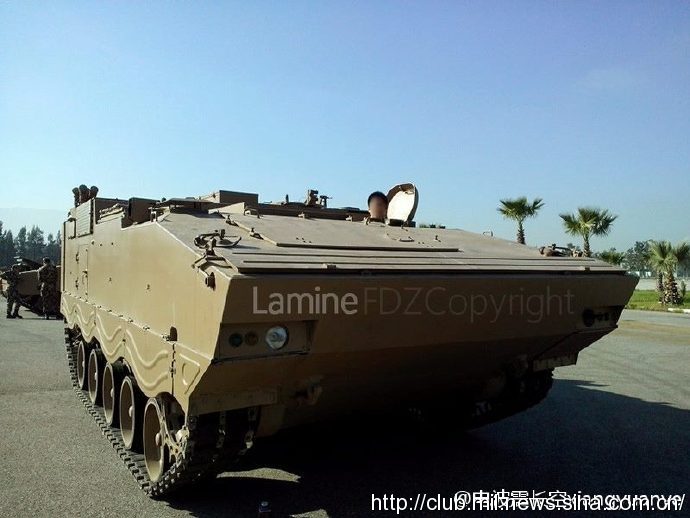Philippines eyeing arms from China, Russia
27th January 2017 - 9:53 by
in Hong Kong
Since Rodrigo Duterte’s investiture with the presidency, the Philippines has been seeking to diversify its international sources of weapons.
As a result of political overtures, Duterte has encouraged the Armed Forces of the Philippines (AFP) to look to China and Russia.
On the cards is a free $14 million arms package from China, as offered by Chinese Ambassador Zhao Jianhua in December. Philippine Defense Secretary Delfin Lorenzana said on 26 January that the AFP was looking at unmanned aerial vehicles, remote-controlled bomb disposal equipment, sniper rifles and round-corner rifles that could be used to fight drug traffickers and terrorists.
Top of the list, however, is two to three small fast boats. Equipment could arrive in the second quarter, and the introduction of small quantities would allow the AFP to judge the quality of Chinese materiel.
China also offered the Philippines a soft loan worth $500 million for other military and security equipment.
This constitutes a remarkable turnaround, especially considering the acerbic vitriol coming from Beijing last year regarding Manila’s Permanent Court of Arbitration case against China’s territorial claims in the South China Sea.
Frosty relations between China and the Philippines warmed dramatically under Duterte’s tutelage of the country’s foreign policy.
Russia is also wooing Manila. During a port visit in Manila by Russian warships earlier this month, Russian Ambassador Igor Anatolyevich Khovaev said, ‘It’s not a choice between these partners and those ones. Diversification means preserving and keeping old traditional partners and getting new ones. So Russia is ready to become a new reliable partner and close friend of the Philippines.’
Khovaev promised, ‘We are ready to supply small arms and light weapons, some airplanes, helicopters, submarines and many, many other weapons. Sophisticated weapons, not the second-hand ones.’
Russian-built diesel-electric submarines are certainly on the table, with Lorenzana being quoted by national media as saying the AFP was determining whether such boats were essential for the military’s needs, including whether such an expensive item is affordable and maintainable.
Regionally, Vietnam has just received its sixth and final
Kilo-class submarine from Russia.
It is believed that the Philippines issued an RfI for new submarines, a platform for which the Philippine Navy has long had an ambition, in late 2016. Shephard understands that recipients included Daewoo Shipbuilding & Marine Engineering (DSME), DCNS, Hyundai Heavy Industries, Saab, ThyssenKrupp Marine Systems and Russia.
The Philippine Navy’s Horizon 2 plan covering 2018-22 anticipates three submarines within the next six years. The navy has never operated submarines so it is not yet clear that it could effectively operate such platforms, especially when the surface fleet is already in desperate need of modernisation.
The US has long been the main supplier of much-needed arms and equipment to the AFP, much of it second-hand. This military aid has amounted to approximately $800 million since 2002.
However, the relationship became complicated after Duterte took up the reins of power. For example, late last year the US State Department blocked the planned sale of 26,000 assault rifles to the Philippine National Police because of human-rights concerns over the soaring death toll in Duterte’s bloody campaign against drug traffickers.
The US has been working hard not to give Duterte a pretext to sour the relationship even further.

















